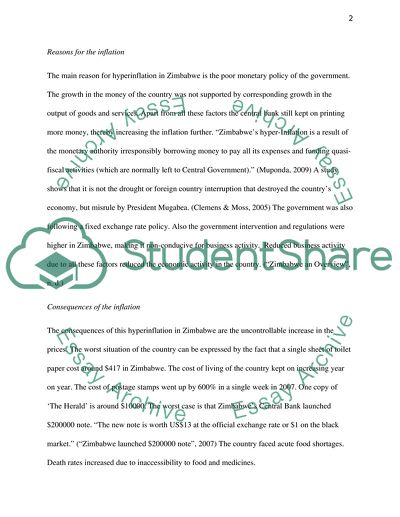Macroeconomics: Inflation Rates in Zimbabwe Under President Robert Term Paper. Retrieved from https://studentshare.org/miscellaneous/1565767-macroeconomics-inflation-rates-in-zimbabwe-under-president-robert-mugabes-rule
Macroeconomics: Inflation Rates in Zimbabwe Under President Robert Term Paper. https://studentshare.org/miscellaneous/1565767-macroeconomics-inflation-rates-in-zimbabwe-under-president-robert-mugabes-rule.


